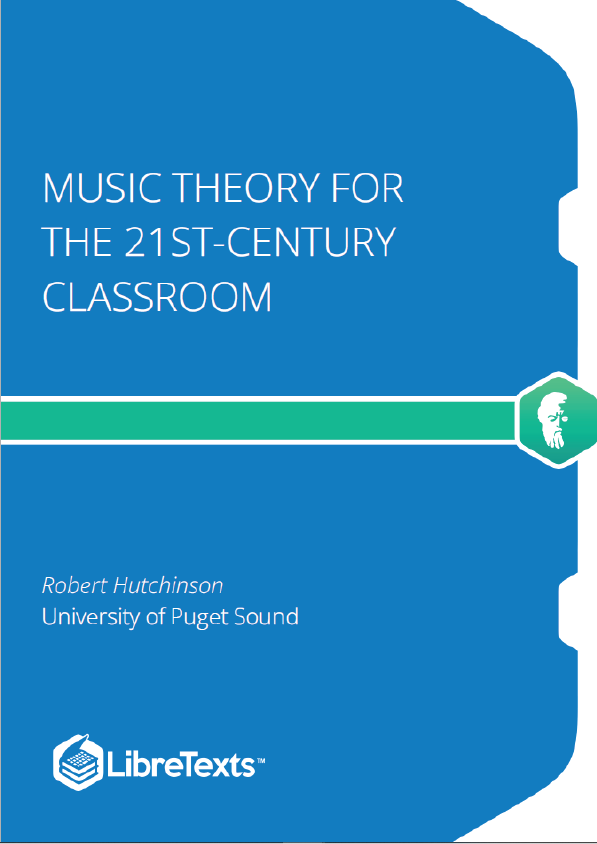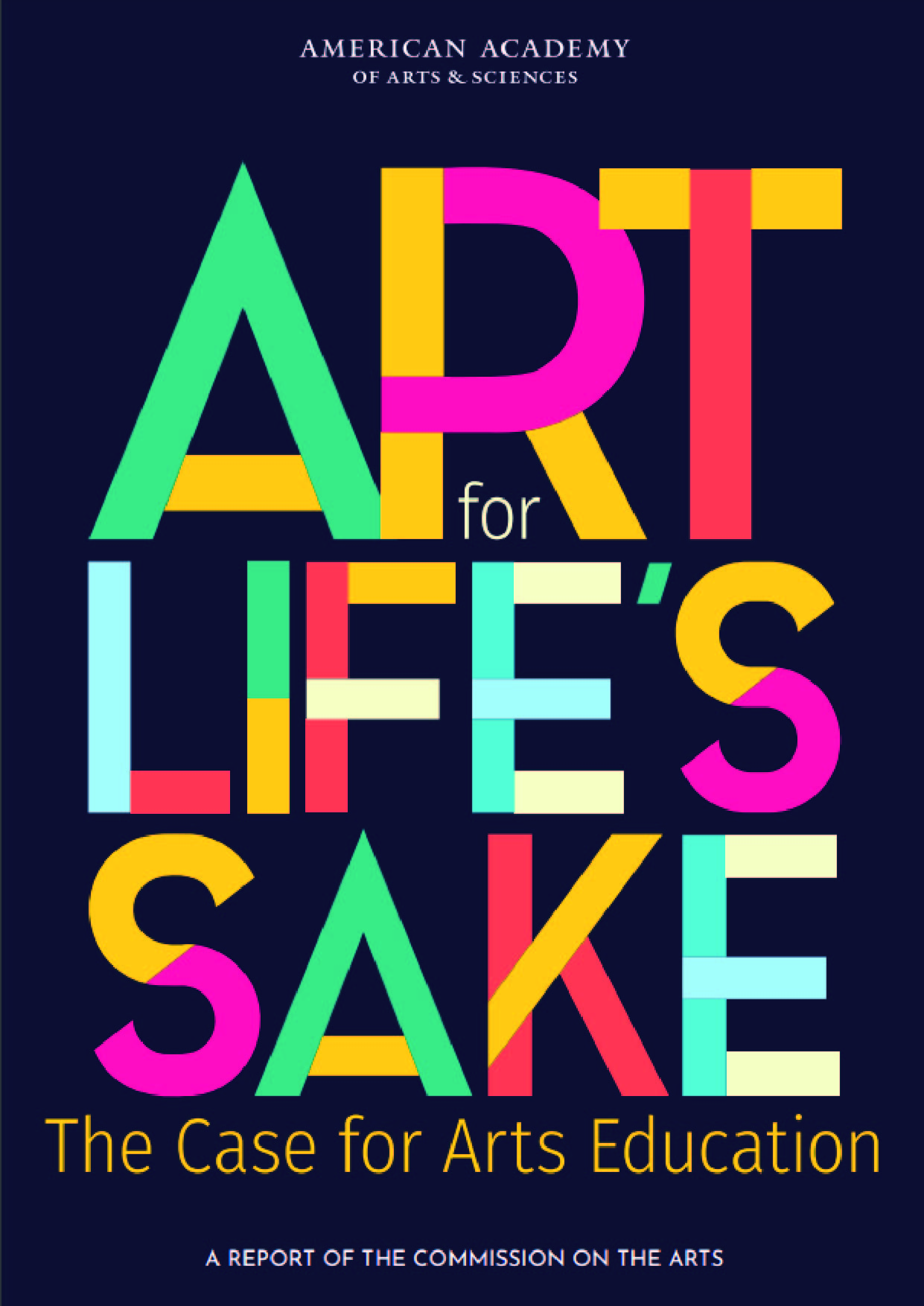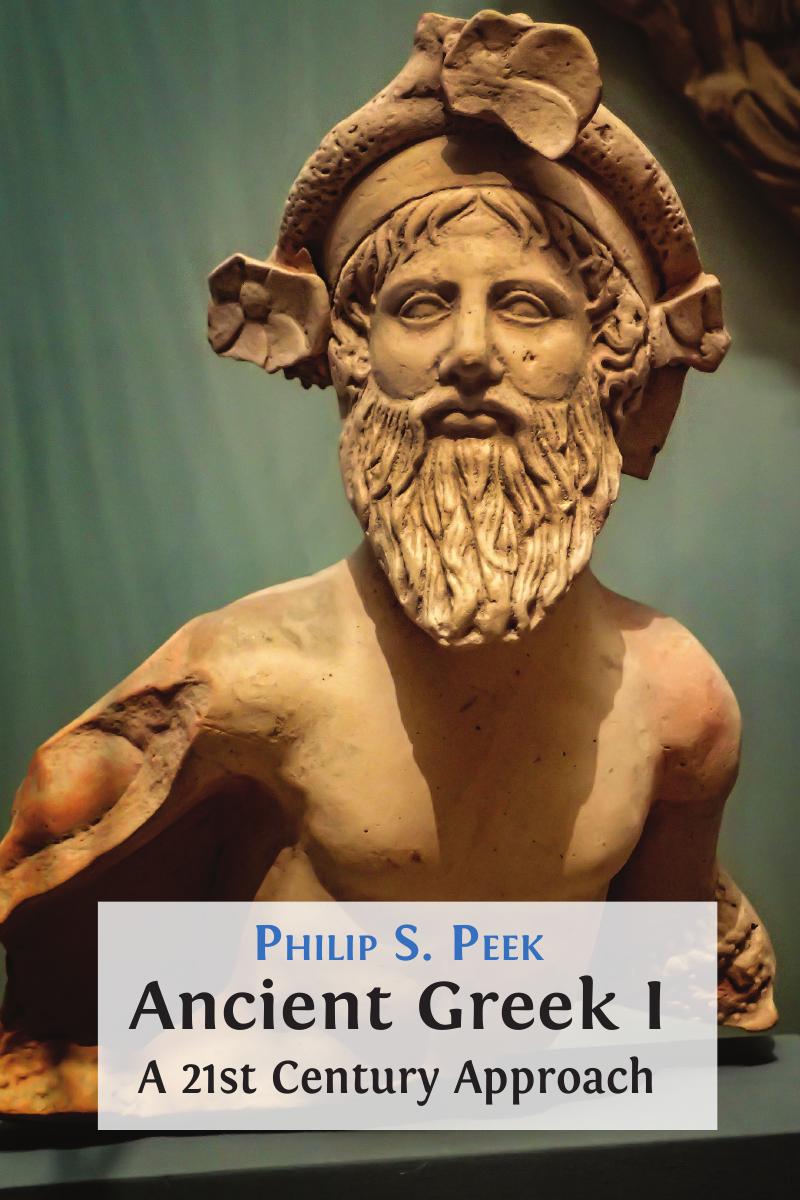Music Theory for the 21st–Century Classroom is an openly–licensed online four–semester college music theory textbook. This text differs from other music theory textbooks by focusing less on four–part (SATB) voiceleading and more on relating harmony to the phrase. Also, in traditional music theory textbooks, there is little emphasis on motivic analysis and analysis of melodic units smaller than the phrase.
A major scale contains a specific succession of whole and half steps. It is helpful to think of the pattern as consisting of two tetrachords. (A tetrachord is a four-note scale segment.) The lower tetrachord consists of the pattern whole step, whole step, half step. A whole step joins the lower tetrachord to the upper tetrachord. The upper tetrachord duplicates the pattern in the lower one: whole step, whole step, half step. If we use W for whole step and H for half step, the major scale pattern is W–W–H, Whole–step connection, W–W–H.
A key signature is placed at the beginning of a piece (or the beginning of a section) and is written with the clef on the beginning of each line of music. The key signature reminds the performer which sharps or flats are in the scale (or key) of the piece and prevents the composer or arranger from writing every sharp or flat from the scale every time it occurs.
There are 15 major key signatures. The key of C major has no sharps or flats in the key signature. The other key signatures can have between 1 to 7 sharps and 1 to 7 flats, giving us the other 14 key signatures.
It is important to memorize the order of sharps and flats, since you will be writing key signatures regularly. The order of sharps is FF–CC–GG–DD–AA–EE–BB, often remembered by a mnemonic. One common mnemonic for the order of sharps is “Fast Cars Go Dangerously Around Every Bend.” The order of flats is BB–EE–AA–DD–GG–CC–FF. It is the reverse of the order of sharps. It is easy to remember since the first four letters make the word BEAD, and GCF is something most students learn as “Greatest Common Factor” when studying math in elementary school. A mnemonic that works forward and backward is “Father Charles Goes Down And Ends Battle,” which reversed is “Battle Ends And Down Goes Charles’ Father.” A helpful learning device to remember the order of keys in relation to the order of sharps and flats is the circle of fifths. As you ascend in fifths (clockwise), key signatures get one degree “sharper.” (CC to GG is a fifth because CC=1, DD=2, EE=3, FF=4, and GG=5.) As you descend in fifths (counterclockwise), key signatures get one degree “flatter.”











